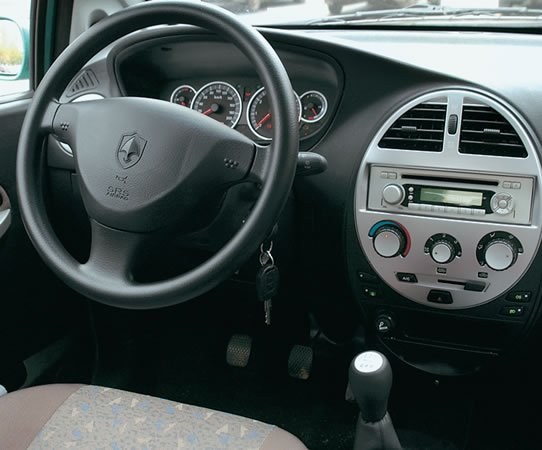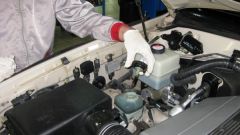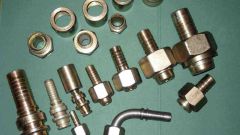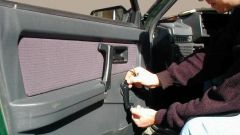You will need
- - small round container;
- - tube for hoses;
- - screwdriver.
Instruction
1
Pull the tank with oil for hydraulic steering up to it. Then slightly loosen the clamp and disconnect the hose. Bring round capacity to the location of the leak. Then remove the return hose from the clamp and remove the hose. To prevent fluid leaks, close the hose tubes.
2
Connect the hoses immediately after done procedure, and then fix them with clamps. Again pour the fluid carefully and check if there where any leaks. If you find any defects, be sure to eliminate them, and then bleed the system.
3
Remove the tube pressure, if you detect any malfunction. To do this with a screwdriver on the pump, remove the fitting from the connection. Then raise the car and secure her position on the supports or stands.
4
Remove the nut fixing the pipe line pressure, then disconnect fitting attached to a tube return line and the input line. Tubes close tubes to avoid the ingress of dirt and leakage. Then inspect all connections for any leaks after installation.
5
Put under the leak in the tank if the defect formed in the tube is the return line. Then lift the car and Unscrew the fitting. Then lower to the ground car and loosen the clamp that secures the hose to the return line to the tank. Then gently replace the tube and assemble all parts in reverse order.
6
If you want to replace the pressure switch power, then you will need to unplug the electrical connector and remove it. Then put the tube on the pump and refit the pressure switch. But tighten it with the torque 17-23 N*m.
7
Next, connect the electrical connector and check the system for leaks. If you don't find them, it is possible to assemble the parts back. Do not forget to fasten the bolts, nuts and clamps very tightly, so they are unable to work loose due to vibrations while the vehicle is in motion.



